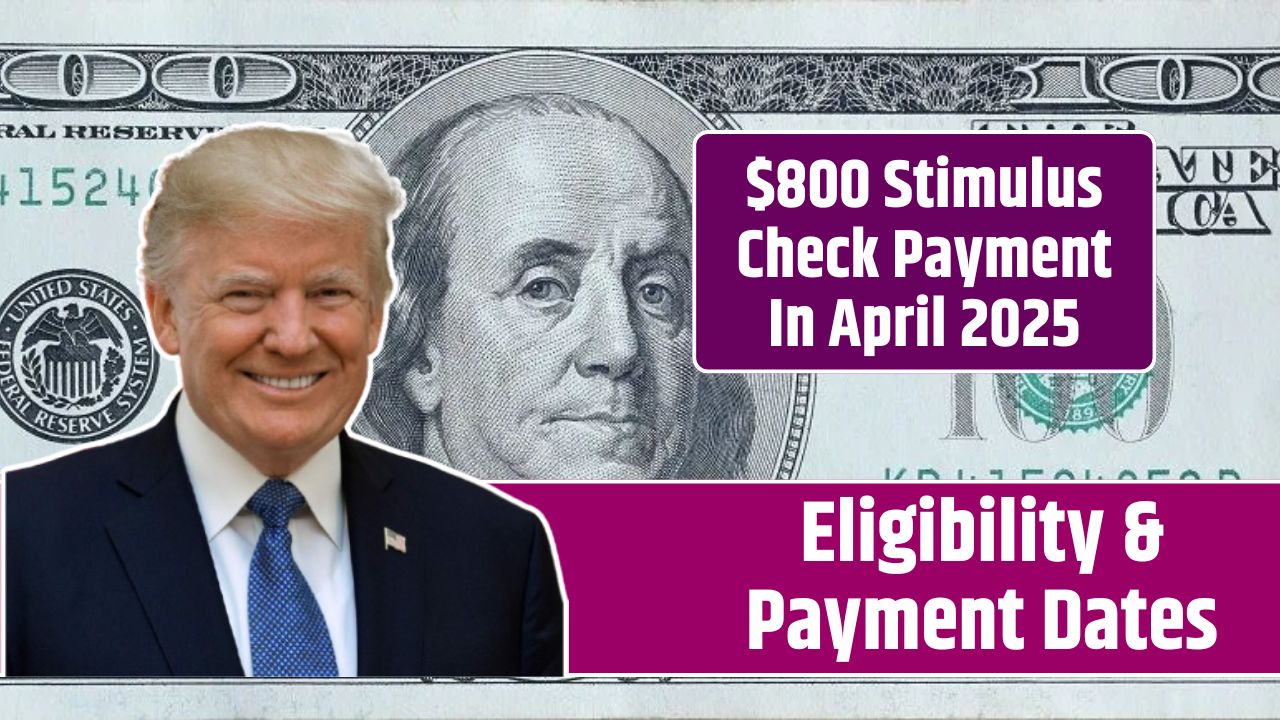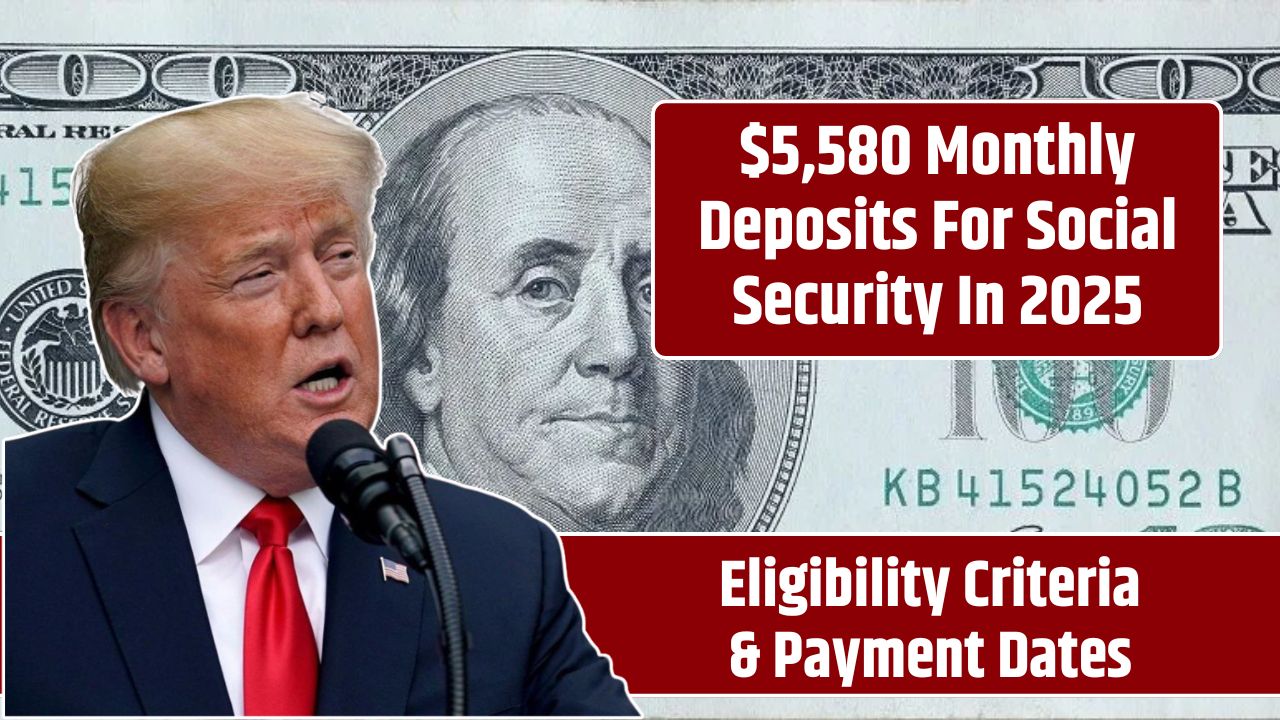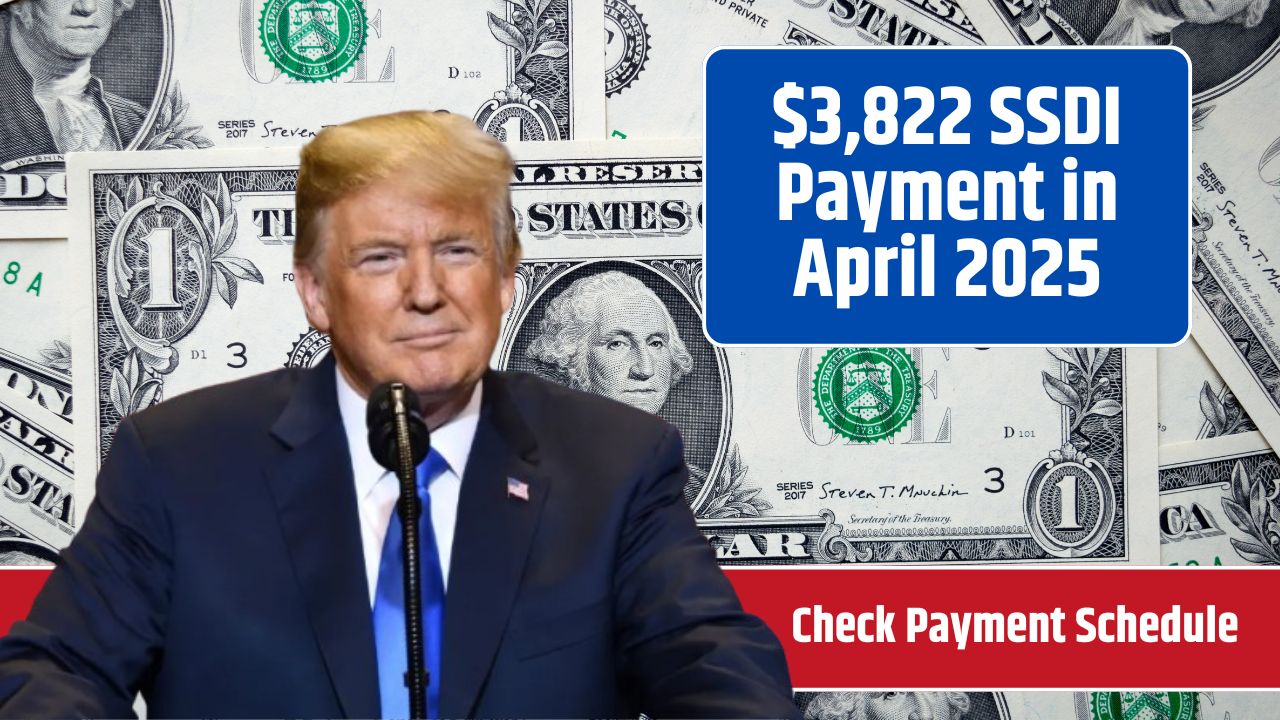Tax season is here again, and with it comes the big question on everyone’s mind—when will I get my tax refund? If you’re banking on your refund for bills, savings, or that vacation you’ve been eyeing, knowing the IRS tax refund schedule in 2025 is key.
Whether you’re an early bird filer or you wait until the last minute, this guide breaks down everything you need to know: when to expect your refund, how to track it, and what to do to speed up the process.
Timing
The IRS issues most refunds within 21 days of receiving an electronic return, assuming there are no hiccups. If you’re still mailing your tax return the old-school way, expect it to take 6 to 8 weeks.
Here’s a quick overview:
| Method | Refund Time |
|---|---|
| E-Filing + Direct Deposit | ~21 days after IRS acceptance |
| E-Filing + Paper Check | 4–6 weeks |
| Paper Filing | 6–8 weeks |
If you file early (like in March) and don’t claim certain credits, you could see your refund by April 1, 2025.
Delays
Not everyone will get their refund quickly. If you’re claiming the Earned Income Tax Credit (EITC) or Child Tax Credit (CTC), federal law says the IRS must wait until mid-April to start sending those refunds—so don’t expect that money early.
Also, returns flagged for errors or fraud review can slow things down. Double-check your numbers and forms before hitting submit.
Tools
Tracking your refund status is easier than ever. The IRS gives you two tools:
- Where’s My Refund? – Available at irs.gov, you’ll need your SSN or ITIN, filing status, and the exact refund amount.
- IRS2Go App – A mobile app with real-time updates, refund tracking, tax payment options, and more.
These tools update once a day, usually overnight.
Process
Here’s how the refund journey works:
- File Your Return – Electronically or by paper.
- IRS Accepts Return – Usually within 24–48 hours for e-filing.
- Processing Begins – Includes identity checks and income matching.
- Refund Approved – You’ll see status change in IRS tools.
- Refund Sent – Direct deposit is fastest, paper check is slowest.
Factors
Several things can affect when you get your refund:
- Filing Method: E-filing is faster and more secure.
- Delivery Choice: Direct deposit beats paper checks every time.
- Tax Credits: EITC and CTC cause delays.
- Errors or Omissions: Any mistake can trigger a manual review.
- Fraud Flags: If your return looks suspicious, it may be delayed.
Tips
Want your money faster? Follow these steps:
- File Early – Don’t wait until the April deadline.
- Choose E-Filing – It’s faster and reduces errors.
- Use Direct Deposit – Skip the wait for checks in the mail.
- Double-Check Everything – Even minor typos can delay refunds.
- Keep Records Handy – W-2s, 1099s, and receipts make it easier to file accurately.
Mistakes
Here are common mistakes that cause refund delays:
| Mistake | Result |
|---|---|
| Incorrect SSNs or Names | Return flagged or rejected |
| Missing Tax Forms | IRS may send a request (slows refund) |
| Math Errors | Causes review and delay |
| Unreported Income | Red flags your return |
| Choosing Paper Check | Longer wait time |
Alternatives
Besides direct deposit and checks, you can also get your refund via:
- Prepaid Debit Cards – For those without bank accounts.
- Refund Anticipation Loans (RALs) – Get money faster, but watch out for high fees or interest.
Use these options with caution. While RALs can give you fast cash, the cost can eat into your refund.
FAQs
When will I get my tax refund?
Most get it within 21 days after e-filing with direct deposit.
Why is my refund delayed?
Delays can be due to credits, errors, or additional reviews.
How can I check my refund status?
Use the IRS ‘Where’s My Refund?’ tool or IRS2Go app.
Do paper filers get refunds slower?
Yes, it can take 6 to 8 weeks for paper filers.
Can I get my refund on a prepaid card?
Yes, the IRS allows refunds via prepaid debit cards.
















